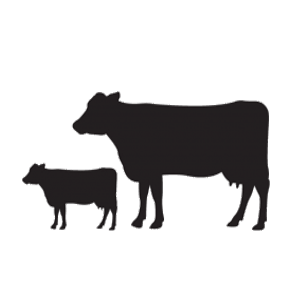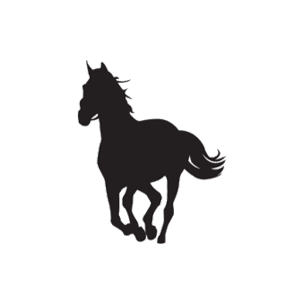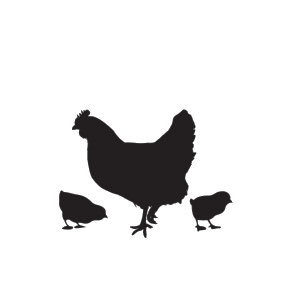There are two types of trout that are farmed in South Africa, namely Brown trout (Salmo trutta) and Rainbow trout (Oncorhynchus mykiss). Instead of focusing solely on trout, this article will be aimed at explaining the general terminology in aquaculture that may not be common knowledge.
We broke up the aquaculture terminology into two parts. In part one, we discussed the general farming and aquaculture terms, and in part two we will explain more specified industry terms.
Environmental Terminology
Algae Bloom: A rapid growth of algae.
Carrying Capacity: The maximum number or weight of a species that an environment can sustain.
Flow rate: The speed at which the water flows, measured as the volume of water that moves past a given point in a specific amount of time. Usually measured in litres per minute, or cubic metres per second.
Effluent: The waste that is produced in an industry or treatment plant.
Dechlorination: The process by which chlorine is removed from water in order to make it safe for fish.
Aeration: A process by which oxygen is added to water.
Cage Culture: A means of production that utilises underwater cages.
General Terminology
Warm water species: Fish that spawn in temperatures of around 27 degrees Celsius.
Cold water species: Species of fish that prefer water below 20 degrees Celsius.
Sex reversal in fish: The change that may take place in primary and secondary sex characteristics during adulthood as a response to social or environmental stimuli.
Hatchery: A place where fish are bred, hatched and reared after which they may be transferred to fish farms.
Broodstock: Adult fish kept for breeding purposes.
Spawn: The eggs and sperm of aquatic organisms deposited into water to be fertilised.
Embryo Development
Ovoviviparous: Eggs that develop inside of the body, but receive no nourishment from the mother, instead they depend on the yolk sacs in their eggs.
Viviparous: The mother retains the eggs inside her body and nourishes the embryos in the same manner as mammals.
Oviparous: The eggs develop outside of the mother’s body.
Physical Terminology
Swim bladder: A gas-filled internal organ that helps bony fish to stay at a water depth – buoyancy mechanism. It is not found in cartilaginous species.
Cloaca: An opening for the reproductive, digestive and urinary tracts.
Operculum: A hard plate of bone that covers the gill of bony fish for protection.
Gills: A respiratory organ for fish that is composed of filaments known as gill lamellae that enables fish to breathe underwater.
Caudal fin: The tail fin of a fish.
Gonads: Reproductive organs i.e. testes and ovaries














